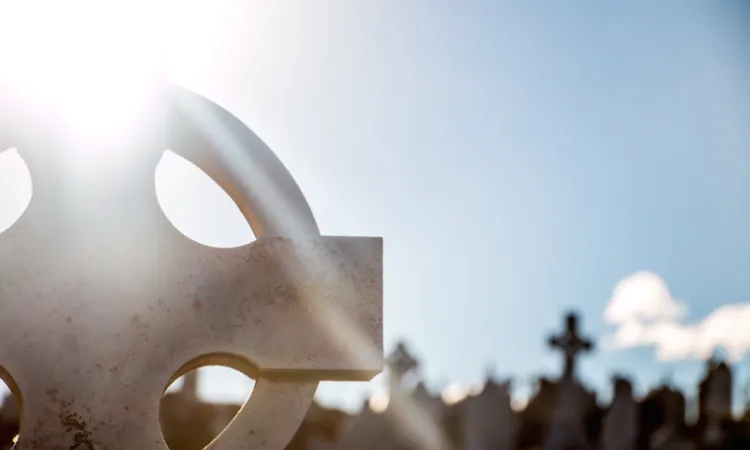Oct 28, 2015
As October makes way for November, the feasts of All Saints and All Souls bring home in a special way our belief that nothing and no one is ever finally lost. These are days designed to remember in prayer our deceased and sainted loved ones.
Feast of All Saints
In the early Church when it was a crime to be a Christian, a crime punishable by death, the word saint and martyr were synonymous. Such a person had been persecuted, tortured, and put to death for the faith. The bodies of these martyr-saints were buried in places where the Eucharist could be celebrated with the Christian community to inspire those who would come after them. This is why the main altar where the Eucharist is celebrated has a saint's relic imbedded in it.
In the eighth century, the feast day of martyr-saints was changed to November 1st. Eventually Christians who had led lives of heroic virtue were often acclaimed and canonized after their death by the local church. Today canonizations take place because every age calls men and women to new struggles that require heroic virtue.


